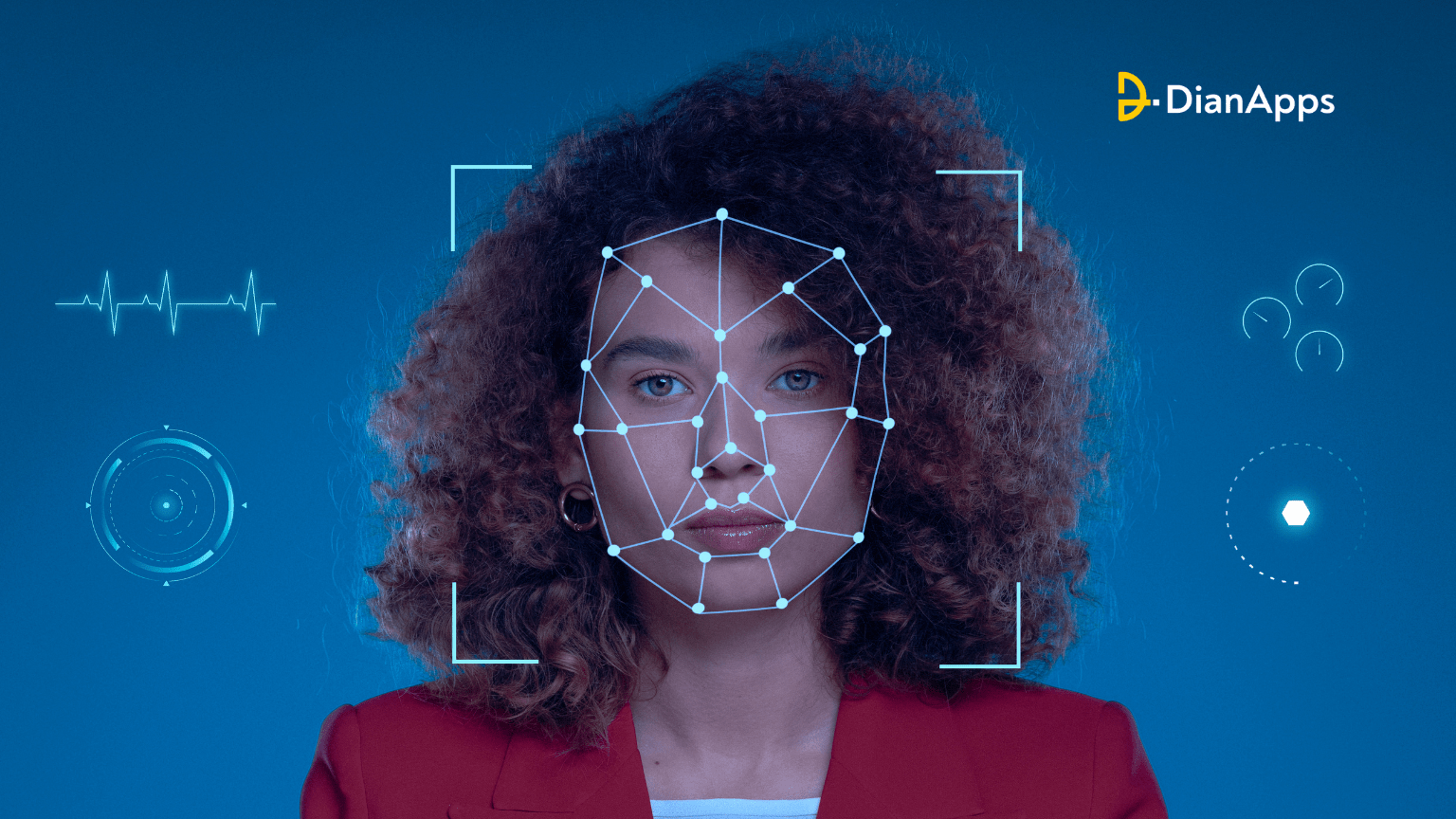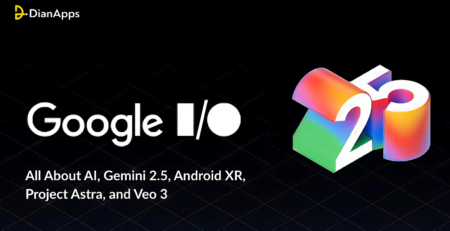How AI Image Recognition is Transforming the Business World?
From budding startups to multinational corporations, many sellers and service providers are now aware of the increasing need for advanced data processing. Digitizing the various manual processes of data gathering, analysis, and everything in between, has empowered businesses to achieve higher levels of productivity and make our everyday lives simpler.
IMAGE RECOGNITION – a technology that has played an essential role in this revolution is a leading sub-task of computer vision. It is the science of enabling computers to decode visual data like videos and images.
From answering apparently simple queries to carrying out complex and analytical processes in large-scale industries, image recognition has been providing unimaginable results. The progressions observed in the field of artificial intelligence (AI) have enhanced the performance of AI image recognition and related computer vision tasks.
Let’s have a look at the deep dive into this mind-blowing technology and how it is an economic game changer for businesses!
Understanding AI Image Recognition
AI image recognition, a crucial component of computer vision technology. Image recognition, also known as image classification, involves identifying specific objects within images or video frames. For example, identifying trees and humans in a landscape photo.
Furthermore, the evolution of image recognition techniques from simple deterministic algorithms to more sophisticated AI-powered methods. Additionally, the role of artificial intelligence and machine learning in enhancing image recognition systems by enabling them to detect hidden patterns and make intelligent decisions without human intervention.
Moreover, it is important to note how AI image recognition has revolutionized the automation of visual data processing, reducing the reliance on human input and feedback. This advancement allows for the seamless analysis of large-scale visual data streams.
You may also want to read: How Reverse Image Search Works?
Benefits of AI Image Recognition in Businesses
Increased Automation
Custom AI image recognition software enables automation of various tasks, reducing reliance on human intervention. This automation minimizes effort and streamlines processes such as identity confirmation and signature authentication.
Efficiency Gains
By delegating repetitive tasks to machines, teams can focus on more strategic and creative aspects of their work. This leads to marginal gains in productivity and allows for better utilization of valuable resources.
Improved Performance
AI image recognition systems often outperform humans in terms of speed, accuracy, and consistency. Faster results and reduced error rates contribute to operational efficiency and customer satisfaction.
Cost Savings
Implementing image recognition systems can lead to significant cost savings by reducing labor costs and overhead expenses. Automation of tasks results in optimized resource allocation and increased operational efficiency.
Real-time Insights
Bespoke AI image recognition software provides businesses with valuable insights from visual data in real-time. These insights empower timely decision-making, allowing businesses to adapt quickly to changing market conditions and consumer behavior.
Personalized Experiences
Businesses can leverage insights obtained from image recognition systems to deliver highly targeted and personalized experiences to customers. This enhances customer engagement, drives visibility, and ultimately boosts revenue through tailored content and offerings.
Typical Applications of AI Image Recognition Technology
Intrusion Detection
This system integrates vehicle, object, and people detection technologies to identify intrusions in specified areas. It’s commonly utilized for detecting vehicles violating parking regulations, individuals trespassing at railroad crossings, unauthorized access to restricted areas, and other security breaches.
Crime Prevention on Trains (Suspicious Behavior Detection)
Utilizing security camera footage, this system proactively identifies individuals exhibiting suspicious behavior on trains. By leveraging advanced image recognition algorithms, it aims to thwart potential terrorist activities and other criminal acts before they unfold. Notably, the technology can discern subtle bodily tremors to assess individuals’ mental states.
Monitoring Road Traffic Conditions
Equipped with AI-powered cameras and sensors, this system efficiently detects vehicles and monitors traffic conditions on roadways. Real-time data, including traffic congestion and adverse weather conditions, can be promptly relayed through road signs. Additionally, AI image recognition aids in evaluating road surface conditions and visibility during inclement weather.
Quality Control for Products and Food Items in Factories
In factory settings, visual inspection plays a pivotal role in ensuring product quality. From verifying the proper assembly of components on printed circuit boards to identifying surface defects on industrial goods, AI-driven inspection systems streamline quality assurance processes. Particularly in the food industry, where product shapes vary widely, AI offers a more effective approach to quality control compared to traditional rule-based methods.
Industries Influenced by AI Image Recognition Technology
Finance
In the financial sector, AI image recognition is making waves by providing advanced security features like face recognition in fintech apps and ATMs. It’s fast, reliable, and non-intrusive, making it a favorite among customers. Additionally, it’s used for document processing and in apps that help travelers identify foreign banknotes and convert currency.
Also read – AI in FinTech App Development: Use Cases, Challenges, and How to Get Started.
Retail
Retailers are using object recognition to improve inventory management and customer experience. This technology helps identify misplaced items, check prices, and assist customers in finding products. Face recognition is also used to identify VIP clients and prevent shoplifting.
Logistics
Even the logistics industry is embracing AI image recognition to automate warehouse operations, secure premises, assist drivers, and inspect transportation containers for damage, showcasing its adaptability to digital transformation.
Healthcare
AI image recognition is revolutionizing healthcare by enhancing image processing capacity, improving diagnostic accuracy, and aiding in various medical procedures. It’s used for cancer screening, identifying pathogenic cells, dental implants, and even estimating blood loss during surgeries.
Media and Entertainment
In media and entertainment, AI image recognition streamlines content management by automating workflows, accelerating content retrieval, improving ad insertion, and ensuring compliance with regulations by filtering explicit content.
Public Safety
AI-enabled image recognition systems are integral to public safety management and law enforcement. They can recognize and track people and objects with precision across vast amounts of footage, aiding in crime prevention and investigation. These systems generate detailed reports and provide features like evidence redaction for witness protection cases.
Challenges related to AI Image Recognition
Image recognition technology isn’t brand new, but it’s still growing and learning, a bit like a teenager. It faces some challenges as it tries to fit into the real world.
Many companies want to use AI (artificial intelligence) in their work, but about a third of them feel that the technology isn’t fully developed yet. Another third struggle to find skilled engineers to work on AI projects. Plus, setting up the right computer systems for AI can be tricky and expensive.
Money is also a concern. Some tools for AI research are free, which is great. But there’s still a lot we don’t know, and companies need to spend money on research and development to make their AI ideas work.
One way companies deal with these challenges is by outsourcing. They hire other companies with lots of experience in AI to help them out. These outsourcing companies have the skills and tools needed to get the job done well. After all, it’s better to hire an expert software development company to handle the tricky stuff so you can focus on what you do best.
What does the future of AI Image Recognition hold?
Now that you have a sound idea about what benefits AI brings to image recognition, you might be curious about what’s more in store for the technology. Do you think that it holds up well against the new challenges of the world?
By all means, image recognition technology models based on artificial intelligence will not lose their position anytime soon. More software development companies are pitching in to craft innovative solutions that make it possible for businesses to transform digitally and automatize traditionally manual operations. This process is expected to continue with the introduction of fresh trends like image recognition for drones, facial analytics, smart cards, and intelligent signage.
Also, there’s no denying the fact that the COVID-19 pandemic has also given a boost to the popularity of AI image recognition solutions. As contactless technologies have evolved, face and object recognition has helped in carrying out various tasks. Not only that but it assist in minimizing the risk of infection among human operators. Many developers are already working on a wide range of security systems to ensure safe and accurate face recognition with the help of AI even when a person is wearing a face mask.
Wrapping Up
In a nutshell, AI image recognition is the early sign of the future of computer vision. No matter how it will be approached or what industries it will be applied to, image recognition will never be achieved alone. It can only be made stronger by access to more pictures, real-time data, effort, and time. The businesses that realize this fact, make the most of these connections, and prepare head-on are the ones that are shaped for success.
If you want to know more about image recognition technology in order to boost your business, talk to our consultants at DianApps.
Interesting read: Open AI introduces Sora: A Next-Gen Text-to-Video AI Model.




